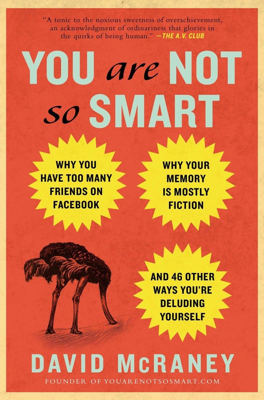The Ad Hominem Fallacy
Misconception vs. Truth
Misconception:
If you can’t trust someone, you should ignore that person’s claims.
Truth:
What someone says and why they say it should be judged separately.
The Ad Hominem Fallacy Defined
- Ad Hominem: Latin for “to the person,” this fallacy occurs when you attack the person making an argument instead of the argument itself.
- Character Attacks: Dismissing someone’s claims based on character or personal history rather than on the merits of their argument.
Examples of Ad Hominem Fallacy
- Courtroom: Discrediting a defendant because of past crimes or lies, rather than evaluating the evidence presented.
- Science and Journalism: Assuming all work by a scientist or journalist is invalid after an unethical act, rather than examining each piece of work individually.
- Personal Attacks: Responding to criticism by attacking the critic’s character (e.g., dismissing driving advice from a self-proclaimed "worst driver").
Guilt by Association
- Political Ads: Using associations with disliked groups or individuals to discredit a politician, irrespective of the actual argument.
- Fallacy in Reverse: Trusting someone’s claim based on their respectable job or appearance, without evaluating the evidence.
Practical Implications
- Judging Character vs. Truth: Differentiating between trustworthiness and the validity of the argument is crucial.
- Evidence Over Character: Making decisions based on evidence rather than personal impressions or past behavior of the individual.
Inverse Ad Hominem Example
- Reverse Fallacy: Assuming someone is credible because of their status, while ignoring evidence against them, like the case of an astronaut in a criminal trial.
Psychological Basis
- Character Consistency: Humans naturally look for consistent behaviors in people to judge trustworthiness, a useful evolutionary trait that can override logic.
Avoiding the Fallacy
- Assess arguments based on evidence and logic, not the personal traits or past of the individual presenting the argument.
